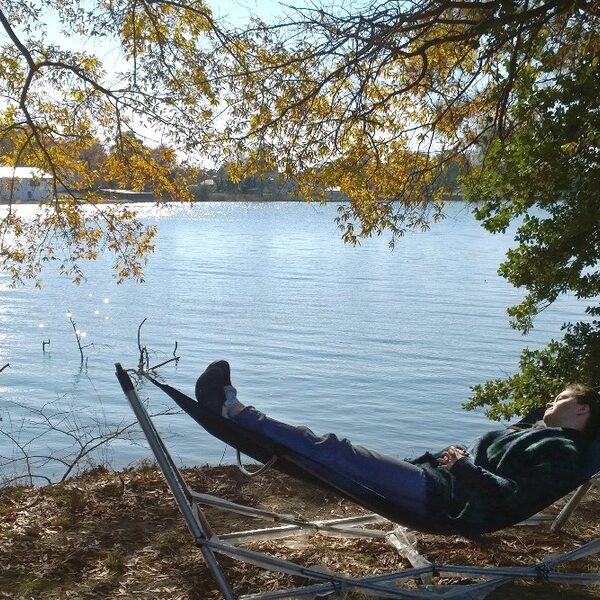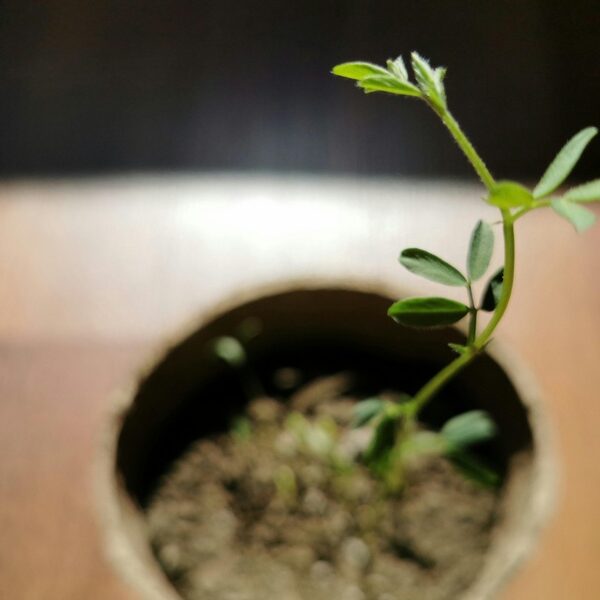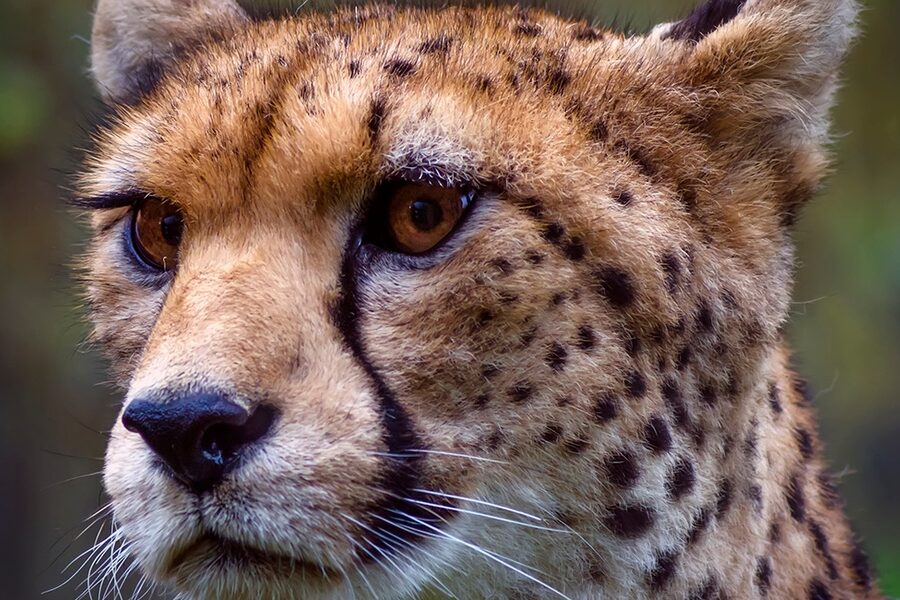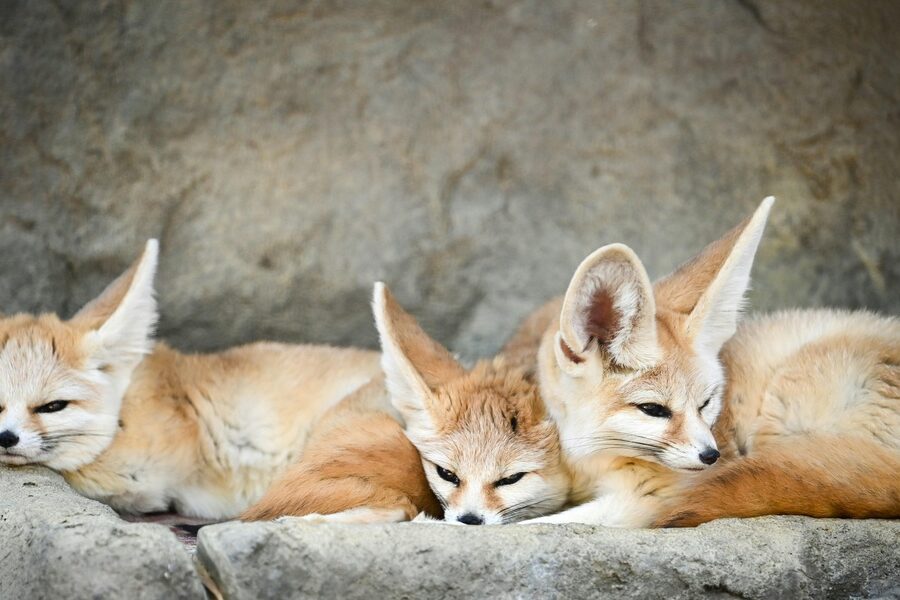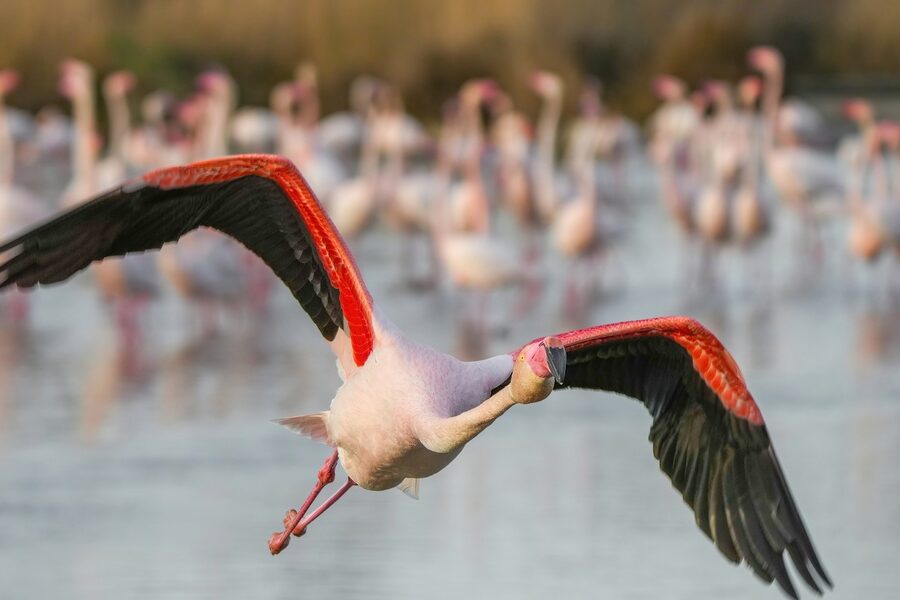After the 1991 Gulf War oil fires and spills, scientists returned to Kuwait surprised by how many desert-adapted species persisted—and how fragile those populations remained.
Kuwait is a small country—about 17,818 km²—with a long, shallow coastline and an arid interior where sand and gravel dominate. That mix of salty shorelines and hot, dry deserts forces animals to specialize in unusual ways, so even a tiny patch of habitat can host species found nowhere else locally. This piece provides short profiles of eight representative animals, describing how they survive, the roles they play, and conservation efforts that matter.
The profiles are brief, practical, and grounded in field observations and regional conservation work (IUCN and BirdLife are useful starting points for deeper reading). Expect notes on adaptations, where to find each species, and simple actions that help protect them.
Adaptations That Keep Desert Animals Alive
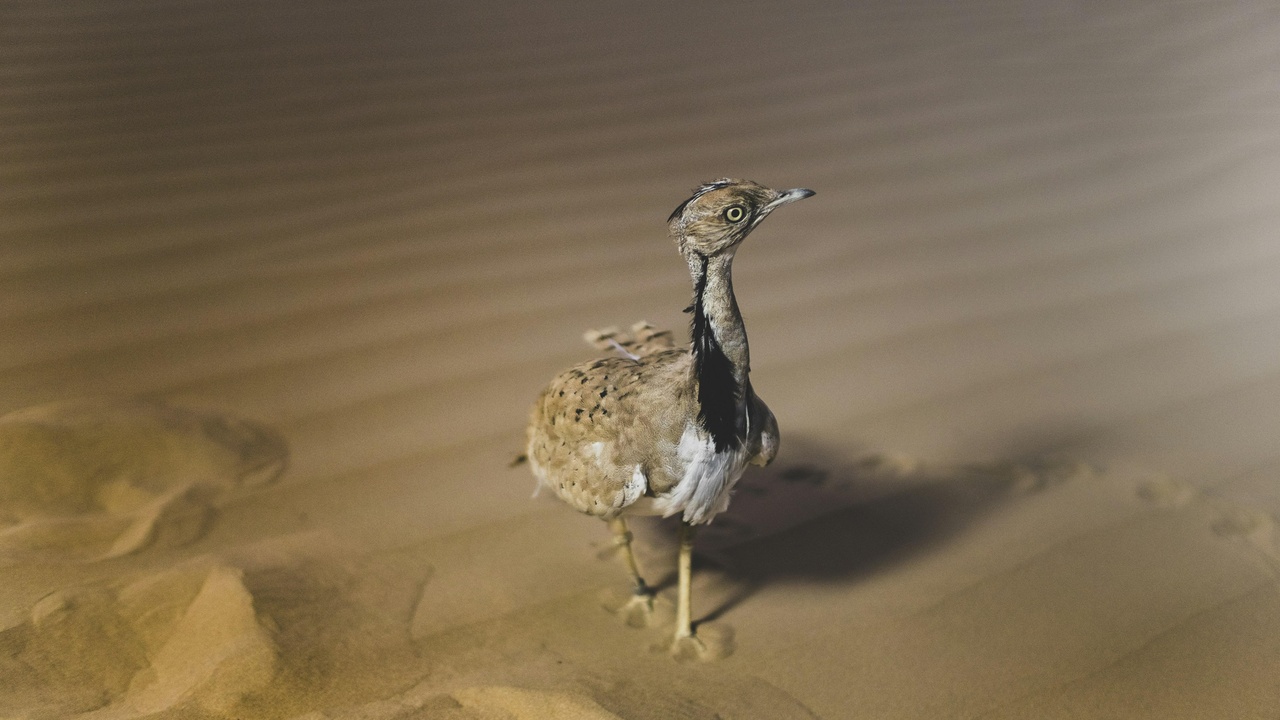
Kuwait’s climate means very hot summers, scarce freshwater, and landscapes where roughly 80% of the land is desert. Survival here depends on physiological tricks and behavioral timing: conserve water, avoid midday heat, or escape underground. Below are three clear examples where form and habit match function.
1. Efficient water management — Dromedary camel (Camelus dromedarius)
The dromedary is an icon of arid survival: a single hump stores fat (not water) that fuels long treks, and a suite of physiological features minimizes water loss. Camels produce concentrated urine, shed hair seasonally, and limit sweating. They can also drink huge volumes quickly—roughly 100 liters in one session has been reported—and their gestation runs about 13 months.
In Kuwait and the wider Arabian Peninsula camels are both working animals and a cultural resource: transport, meat, and milk remain important in rural livelihoods and local markets. Feral and managed camel herds also shape vegetation patterns, so veterinary research and population monitoring (veterinary journals and regional FAO reports) are useful references for anyone studying camel ecology here.
2. Nocturnality and heat avoidance — Desert hedgehog (Paraechinus aethiopicus)
Many small mammals in Kuwait avoid daytime extremes by being active at night. The desert hedgehog forages from dusk to dawn for insects, scorpions, and small vertebrates, which reduces thermal exposure and lowers water needs. Typical activity windows run from shortly after sunset until before dawn.
These hedgehogs are often recorded in scrub around oases, wadis, and near human settlements where insects are plentiful. Their diet helps control beetle and arthropod populations, making them small but practical players in local pest regulation. Local mammal surveys and IUCN accounts provide distribution and behavior details for field observers.
3. Burrowing and sheltering — Spiny-tailed lizard (Uromastyx spp.) and jerboa
Digging or occupying existing burrows is a common way to escape surface heat. Spiny-tailed lizards slip into rock crevices or burrows to thermoregulate and avoid predators, while jerboas use deep sandy burrows to stay cool and store food. Burrows can remain tens of degrees cooler than the surface during midday.
Researchers often use burrow counts as a proxy for abundance, and those “burrow engineers” benefit other species by creating microhabitats that hold moisture and shade. Regional herpetological surveys and desert field studies are good sources for burrow-depth and temperature data.
Iconic Species You Can Spot in Kuwait
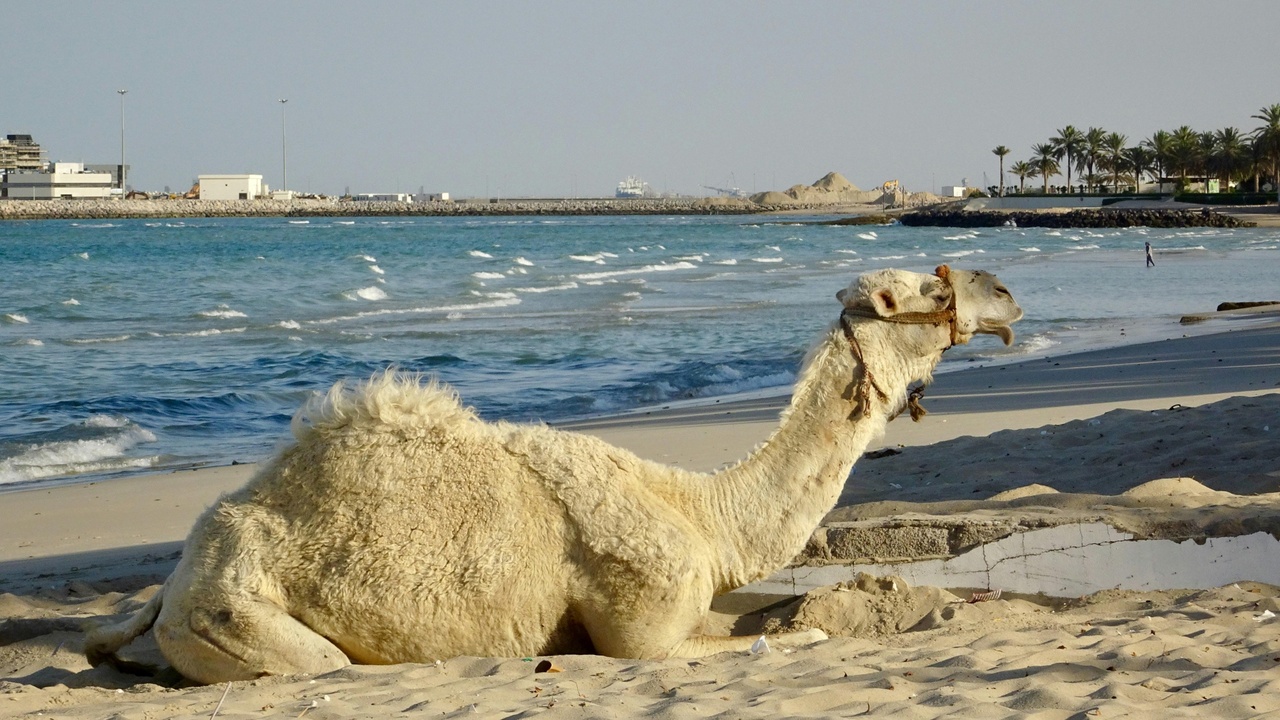
Together these profiles showcase some of the best-known fauna of Kuwait across desert and coastal environments. Below are three species you might encounter or hear about in conservation reports, with practical ID tips and notes on why they matter.
4. Arabian sand gazelle (Gazella marica) — emblematic desert ungulate
The Arabian sand gazelle is a medium-sized, pale-coated gazelle adapted to dunes and open flats. Its coloration and slender build help it avoid heat and predators while grazing on sparse vegetation and dispersing seeds across the landscape.
Gazelles are culturally significant across the Gulf and are central to reserve-based conservation. Captive-breeding and managed reintroductions have been part of regional recovery efforts. These animals support low-impact ecotourism and are a living piece of national natural heritage, so reserve monitoring and habitat protection are priorities.
5. Socotra cormorant and migratory seabirds — life along Kuwait’s ~499 km coastline
Kuwait’s roughly 499 km of coastline, with its islets, mudflats, and shallow bays, is vital for colonial seabirds and migratory shorebirds. The Socotra cormorant breeds on offshore islets, forming dense colonies that are visible from small boats during the breeding season.
Migratory waders and terns use Kuwait as a stopover on long journeys, making these sites important for international flyways. BirdLife International and regional counts track population trends; those datasets also highlight vulnerability to oil pollution and coastal development, both of which can harm breeding colonies and fish nurseries.
6. Rüppell’s fox (Vulpes rueppellii) — the desert’s stealthy mesopredator
Rüppell’s fox is a small, nocturnal carnivore adapted to sparse desert landscapes. It feeds on rodents, insects, and small birds, helping control rodent populations that might otherwise affect crops or spread disease.
These foxes are often recorded near the fringes of desert towns and around industrial sites, including oil-field infrastructure. Common threats include road mortality and habitat fragmentation. Camera-trap records and citizen sightings provide useful local data for monitoring their presence and movements.
Conservation Challenges and How People Can Help
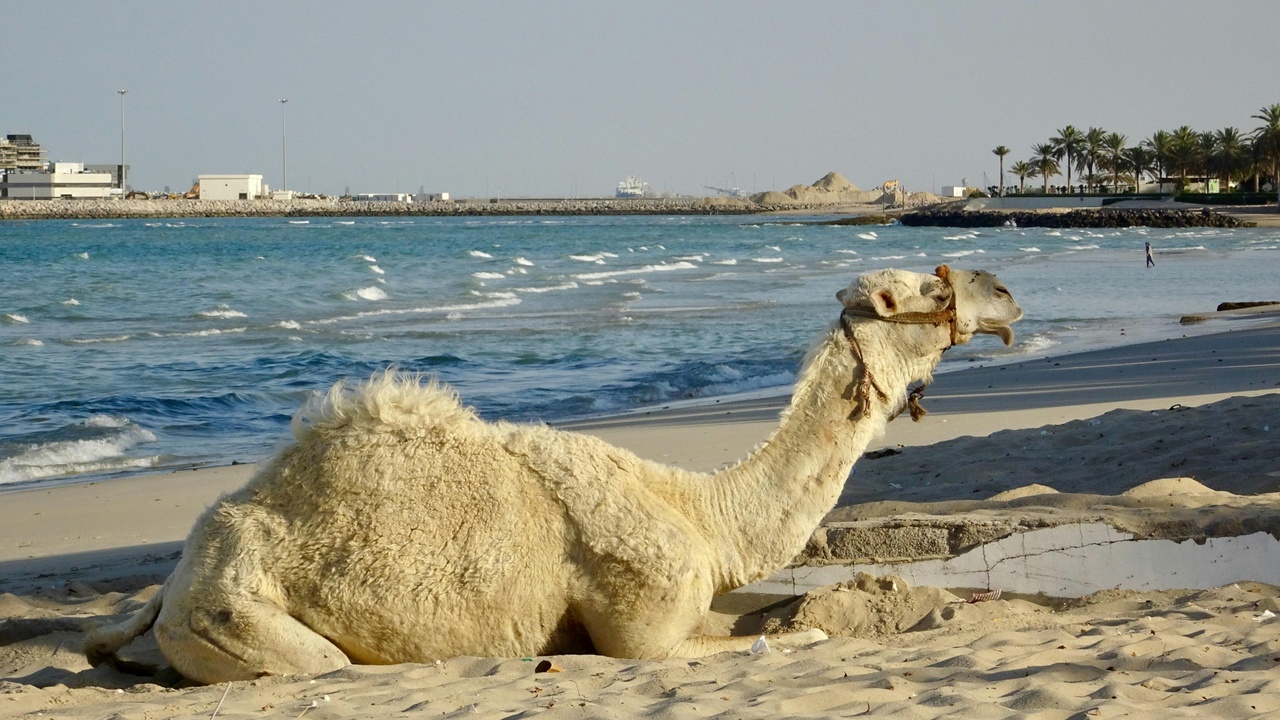
Kuwait’s wildlife faces multiple pressures: urban and industrial development, disturbance from infrastructure, pollution, and the lingering legacy of the 1991 oil fires and spills. Those events released millions of barrels of oil into the Gulf and left long-term impacts on coastal habitats and marine life.
7. Threats: habitat loss, pollution, and the legacy of the 1991 oil fires
The 1991 events were acute and visible, but ongoing threats are less dramatic and just as damaging—coastal reclamation, expanding urban areas, and industrial zones fragment habitat and reduce safe breeding sites for shorebirds and nursery areas for fish. Pollution from routine operations and accidental spills continues to affect water quality and food chains.
Beach-nesting birds, mangrove patches, and shallow bays that serve as juvenile fish nurseries are particularly vulnerable. Environmental assessments by UNEP and regional conservation groups document both immediate and chronic damage and recommend restoration where feasible.
8. Conservation actions and citizen steps — reserves, monitoring, and community science
There are practical, local measures that help. Protected areas and reserve management support species recovery, while captive-breeding and reintroduction programs (for species like gazelles) rebuild local populations. Pollution response readiness and shoreline cleanups reduce acute harm to seabirds and marine life.
Individuals can contribute in simple ways: report sightings to citizen-science platforms such as iNaturalist, join local beach cleanups, and back reputable organizations like the Kuwait Environment Public Authority (KEPA) or regional NGOs. Responsible wildlife viewing—keeping distance, not disturbing nests, driving only on permitted tracks—also makes a measurable difference.
Long-term recovery depends on cooperation between government agencies, scientific bodies, NGOs, and the public. Monitoring data from citizens and researchers alike helps managers target protection where it does the most good.
Summary
- Eight representative species—from the dromedary and Arabian sand gazelle to the Socotra cormorant and Rüppell’s fox—illustrate how specialization allows life to persist in Kuwait’s deserts and coasts.
- Key survival strategies include remarkable water management (camels), nocturnality (desert hedgehogs and foxes), and burrowing or crevice sheltering (Uromastyx and jerboas).
- Coastal habitats along Kuwait’s nearly 499 km shoreline are vital for seabirds and migrants but remain vulnerable to oil pollution, development, and routine contamination.
- The 1991 oil fires and spills left a lasting legacy, yet coordinated conservation—protected areas, breeding programs, pollution response, and community science—has proven effective when applied.
- Practical steps readers can take: support KEPA and trusted NGOs, report wildlife observations on platforms like iNaturalist, join local cleanups, and practice low-impact wildlife viewing.

